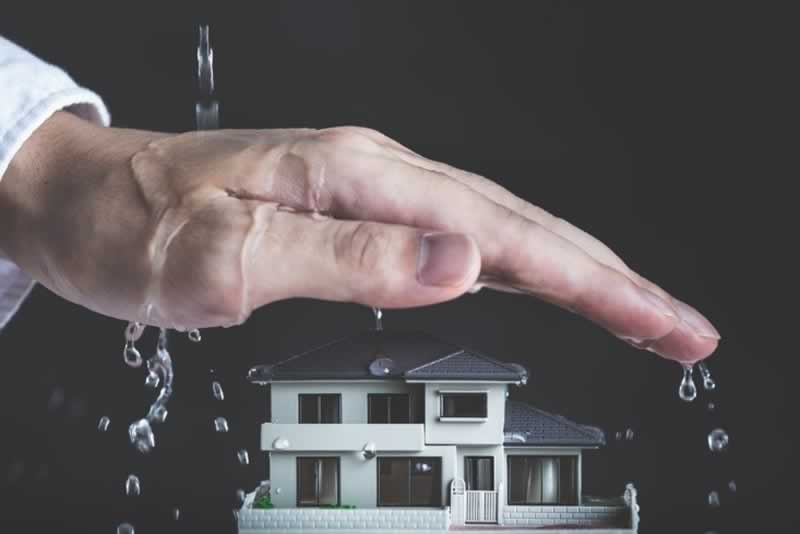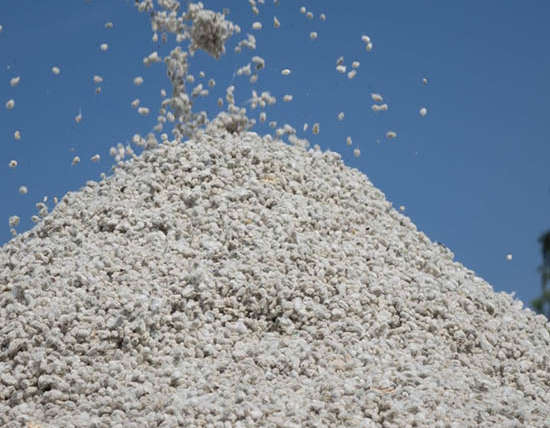Is water dripping off your ceiling? The most effective way to prevent further harm is to not panic and take the necessary measures to stay in control of the situation. Finding the source of the leak is essential as it dictates the rest of the steps that must be followed. The leak could be due to either a roof or an installation problem.
The following instructions will be helpful in treating a ceiling leak.
Find the source
Finding the cause of a leak may seem like a stroll in the park, but it does require a thorough property inspection. The source of most leaks is usually the roof, which manifests itself with signs of water damage after every rain or other form of inclement weather. If water appears on the ceiling during the rain or when the rain stops, there is no doubt that the leak is from the roof.
In scenarios where leaks are likely caused by missing or broken clapboards, the water dripping from the ceiling looks muddy and dirty. Plus, it would likely cause terrible staining on the wall. Check this out to find out why water seeps through the walls when it rains.
The next inspection point is the attic as leakage can be caused by damp attic insulation. Take a flashlight and go to the attic to look for any signs of moisture that may not be overly visible. If you don't find any obvious signs, consider removing a piece of insulation to inspect for moisture. Otherwise, the most noticeable symptoms of leakage are the presence of water marks and marks and the growth of mold.
As long as you don't mind climbing the roof, take a ladder to climb there and inspect the roofing materials for possible damage. Pay close attention to the shingles, as these tend to pucker, break, and come off in inclement weather. It is also recommended that homeowners check the performance of the vents, fireplace flash, gutters, and gaskets.
In addition, installation problems are another common cause of ceiling leaks caused by faulty pipes and plumbing fixtures. In such cases, the dripping water is clean and not dirty like that coming through the roof. If there are leaks in the ceilings of rooms below the bathroom, the most likely cause is an installation problem. Usually, signs of leaks appear when someone uses the toilet, shower, bathtub, or one of the other fittings.
Eliminate further damage
Regardless of the source, homeowners are advised to take immediate action if they notice any signs of water damage in the form of a wet or stained ceiling. Make sure you drill a hole in the center of the damp area with a drill bit to allow the hidden water to flow into a bucket on the floor. More practical tips on dealing with ceiling leaks can be found at the following link: https://carsaconstruction.com/water-ceiling-leak/. Once the water stops coming out, you'll need to repair the area where the drywall got wet to prevent mold.

In the event of a roof leak, you can either fix the problem yourself or hire a professional roofer to take care of it. Residents whose roofs are low can seal the hole by using roof cement to glue the new shingles in place of those that have been broken or damaged. It is not recommended to climb on a wet roof to avoid injury.
However, other more serious problems, such as fixing the blinker, removing roofing nails, or replacing air vents are best done by roofers. Also, homeowners with ice dam problems are advised to hire skilled workers to fix them. Homeowners should check fittings for damage when faced with leaks. First, check the condition of the bathtub, as even a small crack can lead to leaks. The cause could be a leaking valve, drain trap, or water supply lines. In addition, the source may be in the shower. It's common for faulty shower doors and broken tile grout to result in a ceiling leak.
Conclusion
Taking action now is the only way to prevent further deterioration in properties. Do not wait too long!




